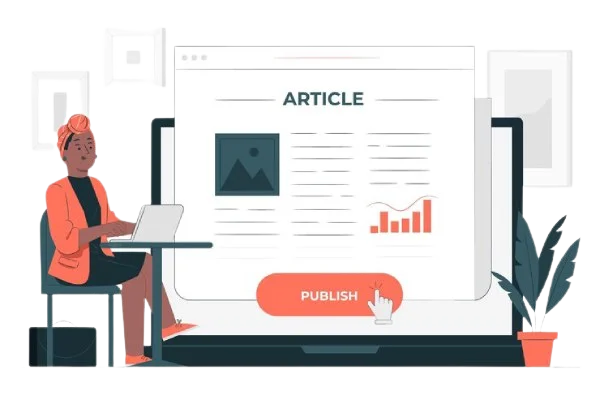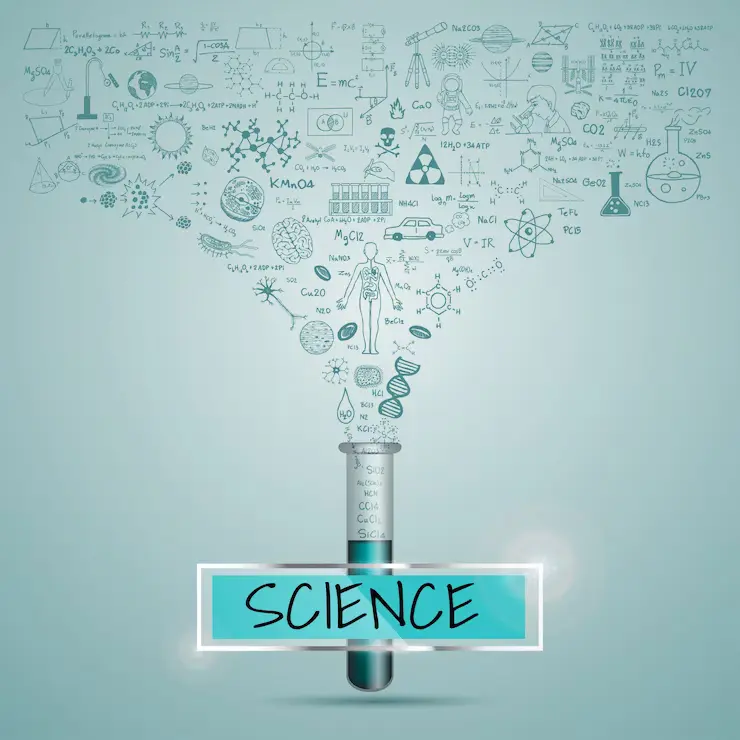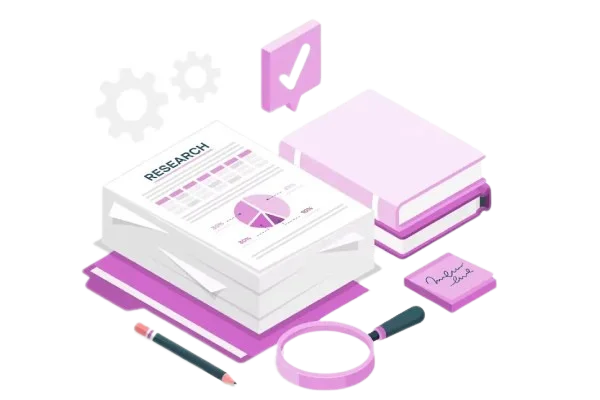Science Citation Index-SCI
The Science Citation Index-SCI was developed by Eugene Garfield for the Institute for Scientific Information-ISI. SCI was formally established in 1964. It was owned by Thomson Reuters and now by Clarivate. Dr. Garfield's SCI was earlier known as be "Web of Knowledge" and then the "Web of Science". The SCI is more than just a journal and article database. The SCI includes information about each scholar's publications as well as links to papers that cite their work. Eugene Garfield's notion for tracking scientific publication citations arose from his concern about students unintentionally quoting incorrect facts. He understood that, if not connected to the research in question, critiques of papers could eventually get lost and forgotten. This creates beneficial relationships in the literature because it makes it simple to locate publications that a scientist has cited and to see how that work has developed by reading the articles that quote those papers.
Science Citation Index Expanded-SCIE
Eugene Garfield was the original creator of the Science Citation Index Expanded-SCIE, which was developed by the “Institute for Scientific Information-ISI” and then owned by Thomson Reuters and now by Clarivate. The organization that annually publishes the journal impact factor. The journals and national scientific indicators included in the country rank and SCImago journal are created using data from the Scopus database. Scientific fields can be evaluated and analyzed using these indicators. The more comprehensive version of Science Citation Index Expanded spans 150 areas and more than 6,500 prestigious journals from 1900 to the present. Because of a strict selection procedure, these are sometimes referred to as the top scientific and technological magazines in the world.
SCImago Journal
The SJR (SCImago Journal Rank) indication, which was created by SCImago using the well- known Google Page Rank algorithm, gives this platform its moniker. This indication displays the accessibility of the 1996-era journals found in the Scopus database. Based on the SCOPUS database, which contains a far wider range of indexed articles than ISI, this index was created.
Indexing Background-SCI Journal Selection Criteria
Twenty-four quality criteria and Four impact factors are used to choose the journals that will be included in the SCI database. Collection dynamics, selectivity, and Objectivity are the guiding principles. These standards guarantee that the chosen journals adhere to best practices and editorial rigor, making them the most prestigious and significant journals in their fields. Citations to a journal show how influential it is in that field of research. To ensure impartial selection, the selection procedure is carried out by the editors of Web of Science who are not connected to any publishing companies or academic organizations. The journals are continually under review by the editors of Web of Science to verify compliance.
Merging SCI to SCIE
SCI and SCIE initially overlapped because they were two different databases. A well- curated collection of approximately 9,200 journals from One hundred and Seventy-Eight scientific fields may be found in the SCIE. On the other hand, the SCIE's SCI included the most frequently referenced journals with a high impact factor. Consequently, the top-tier SCIE journals are referred to as SCI journals.
SCI merged with SCIE recently. The difference between both journals was their storage capacity. SCIE was stored in online and SCI in DVDs/CDs which shows that SCI’s storage capacity was short hence only a lesser journals were available in it. The selection procedure for SCI and SCIE are the same but SCI holds the top-tier journals of SCIE. Later, SCI and SCIE merged, and SCI was taken off the Clarivate Analytics master journal list. This lessened overlap and clarified the research collection structures.
Collections of Web of Science’s journals
- Emerging Sources Citation Index-ESCI: All disciplines
- Arts & Humanities Citation Index-AHCI: Arts and Humanities
- Social Sciences Citation Index-SSCI: Social Sciences
- Science Citation Index Expanded -SCIE: Medicine, and Applied Science
Journals from the ESCI collection migrate to the SCIE, AHCI, and SSCI collections as their impact factors rise. Similarly, journals with a lower impact factor in the SCIE, AHCI, and SSCI collections shift down to the ESCI collection.
The JCR-Journal Citation Reports by
Web of Science Journals rating is published by Clarivate each year. Based on their ranking, researchers can look through the list of Web of Science journals. Journal quartile, Journal impact factor, and journal citations are only a few of the ranking indicators offered by JCR.
Important standards to follow for SCIE publication
- Scientific content must be of the highest caliber, reflect the author's perspective, and include the most recent findings in the research area.
- It is crucial to get rid of any manipulation and dubious aspects that professionals might notice. Academic plagiarism, for instance, is prohibited, as are excessive amounts of self-citation, simultaneous submission to numerous journals, dividing one publication into two or more, and other ethical publication infractions.
- IMRAD and LaTeX formatting requirements should be followed.
- It is crucial to keep in mind that the reviewers and editorial board members primarily take research written in English into consideration, thus it is vital to pay attention to the accuracy of the academic translation. Without it, there is a significant chance that the research concept would continue to be misunderstood.
SCIE publication cost and time frame
According to the conventional approach, readers must pay to have access to and subscribe to resources. There aren't many of these publications, and it can take years for people to actually evaluate the information. Therefore, it is feasible to publish in the WoS journals for free, but it takes a lot of time and effort.
Although the writers pay for the research,
open-access publications are accessible to readers. It should be noted that the publication fee is not the same as paying for a research paper publication. The authors pay for the services of editors and reviewers as well as the expenses associated with publishing the issue of the journal. A research paper publication fee in a Web of Science journal can cost anywhere from a maximum of USD1500 to a minimum of USD 700
With the help of numerous researchers, the Scientific Publications firm supports the publication process at every level. Therefore, publishing a paper in the Web of Science journals quickly within a month or even earlier is not realistic. As a result, Ph.D. scholars should avoid taking services from consultancies that promise fast publication. In reality, it takes between 10 months and 17 months from the time the manuscript is submitted to the journal until it is indexed. These time ranges could occasionally be longer or shorter. Everything depends on the journal to which the paper was submitted, the bibliometric indicators it has, and the volume of content waiting to be considered.




